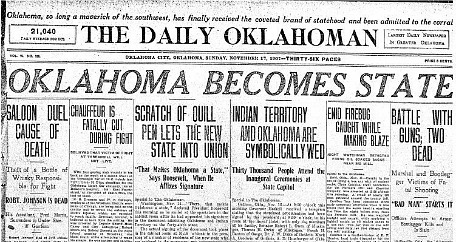The Wall Street Journal covers an MIT study that found the downsides of trade with China have been worse than previously known (amongst economists, that is. Workers have long understood this):
A pattern emerged, with areas where factories were most exposed to Chinese import growth faring worse than the less exposed. Between 2000 and 2007, a community at the 75th percentile—one with a greater exposure to Chinese import growth than 75% of all communities—saw a manufacturing employment decline of roughly one-third more than communities at the 25th percentile.
Factory job losses were just the beginning. High-exposure areas tended to see employment outside manufacturing fare worse than in low-exposure areas. With fewer high-paying factory jobs supporting the local economy, and a growing pool of former factory workers entering the labor market, nonmanufacturing wages in the high-exposure areas were depressed.
The economists also found that higher exposure to Chinese imports led to larger increases in unemployment insurance, food stamps, disability payments and other government benefits.
Those alone wipe out up to two-thirds of the benefits of the China trade, according to the study.
— File under: Never trust anything you read on the Wall Street Journal editorial page:
Here’s Federal Trade Commission economist David Glasner on a recent op-ed by Harold Cole and Lee Ohanian:
Though not wrong in every detail, the version of events offered by Cole and Ohanian is still a shocking distortion of what happened before FDR took office in March 1933. In particular, although Cole and Ohanian are correct that the trough of the Great Depression was reached in July 1932, when the Industrial Production Index stood at 3.67, rising to 4.15 in October, an increase of about 13%, they conveniently leave out the fact that there was a double dip; industrial production was flat in November and started falling in December, the Industrial Production Index dropping to 3.78 in March 1933, barely above its level the previous July. And their assertion that deflation continued during the recovery is even farther from the truth than their description of what happened to industrial production. When industrial production started to rise, the Producer Price Index (PPI) increased almost 1% three months in a row, July to September, the only monthly increases since July 1929. The PPI resumed its downward trend in October, falling about 9% from September 1932 to February 1933, at the same time that industrial production peaked and started falling again.
That is why most observers date the trough of the Great Depression in the US not in July 1932, but in March 1933 when FDR took office in the midst of a banking crisis that threatened to drive the US economy even deeper into deflation and depression than it had been in July 1932. So when Cole and Ohanian assert that recovery from the Great Depression started in July 1932, and go on to say that the recovery took place during a period of significant deflation, it is hard to avoid the conclusion that they are twisting the facts to suit their own ideological predilection.
This goes beyond holding views I disagree with (as does much of what happens in this debate). This is a deliberate attempt to fool readers, demonstrating that there is no good faith here.
— Speaking of The Oklahoman, check out the awesome front page of the November 17, 1907, paper reporting on Oklahoma statehood, via The Lost Ogle.
In addition to the two statehood headlines at the top of page one, here are the other four:
SALOON DUEL CAUSE OF DEATH–Theft of a Whisky Bottle Responsible for Fight
CHAUFFER IS FATALLY CUT DURING FIGHT
ENID FIREBUG CAUGHT WHILE MAKING BLAZE
BATTLE WITH GUNS; TWO DEAD–Marshal and Bootlegger Victims of Fatal Shooting–“BAD MAN” STARTS IT
The good old days.
Not for nothing did the paper put this banner at the top of that page one:
Ryan Chittum is a former Wall Street Journal reporter, and deputy editor of The Audit, CJR’s business section. If you see notable business journalism, give him a heads-up at rc2538@columbia.edu. Follow him on Twitter at @ryanchittum.Oklahoma, so long a maverick of the southwest, has finally received the coveted brand of statehood and been admitted to the corral


